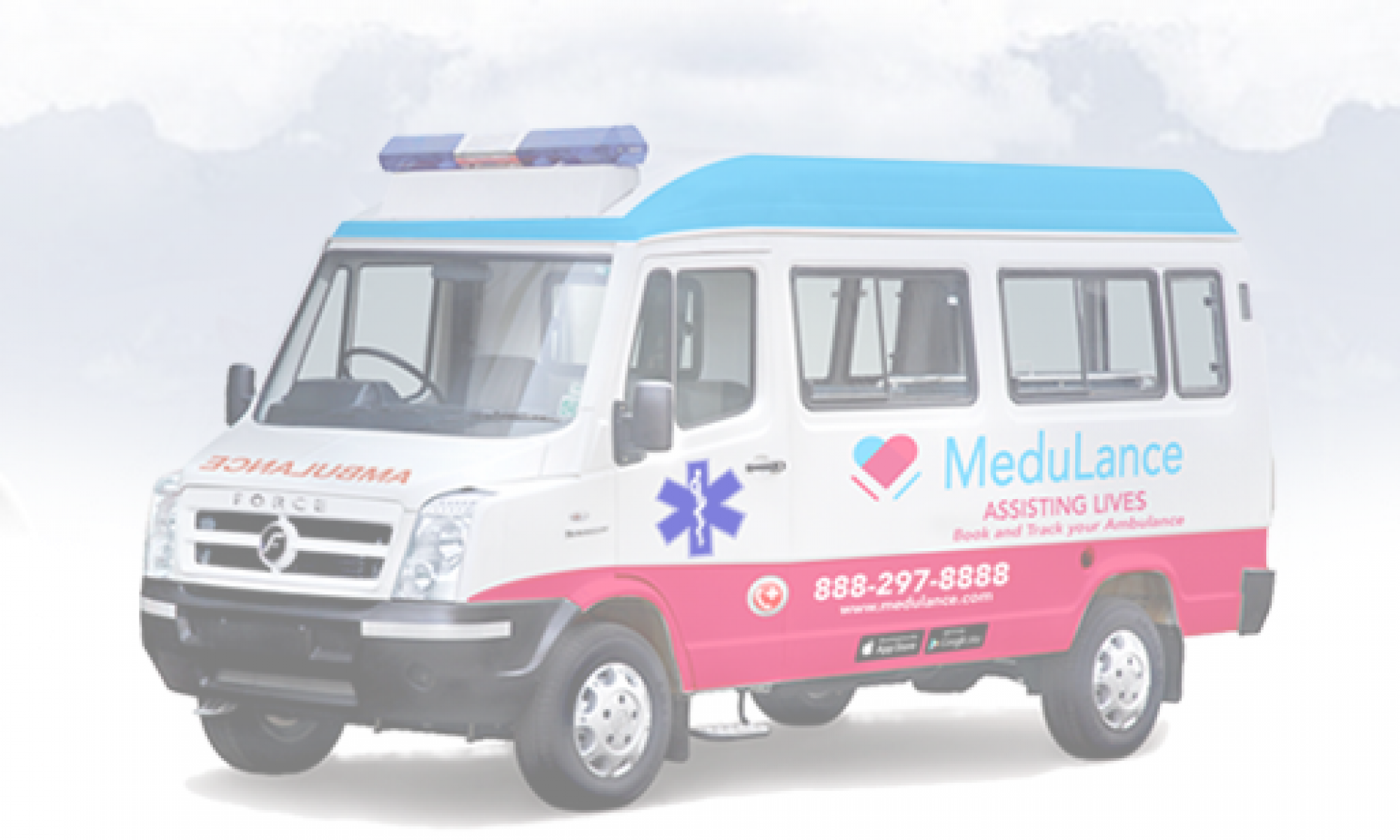The generic name is the name that is approved for each drug. Generic names for a set of drugs with comparable activities are frequently similar-sounding. One class of antibiotics includes phenoxymethylpenicillin, ampicillin, amoxicillin, and flucloxacillin.
Brand (trade) name: Many medications are also known by one or more brand names. This is determined by the firm that manufactures it. Several businesses may manufacture the same generic drug under different brand names. The name is frequently selected to be more memorable for promotional purposes or to be simpler to speak or spell than the generic name. For example, paracetamol is a generic name.
The brand name is generally prominently displayed on all packaging. The generic name, on the other hand, is usually written someplace on the packet (often in small print). Some medications just have the generic name printed on the package.
The colour, size, form, and other characteristics of different brands of the same drug may differ depending on which firm manufactures it. If your normal medication appears to have changed colour or form, do not be alarmed. It is possible that the pharmacist obtained it from a different business, or that the doctor generically wrote the prescription rather than using a brand name. However, if the generic name remains the same, the drug will also be the same.
Also Read: Here are 10 Reasons On Why You Should Purchase Medicines Online
What is the difference between brand-name and generic drugs?
When the patent expires, other pharmaceutical firms may request approval from the FDA to make and sell a generic version of the original substance. The maker of the generic medicine must demonstrate that their product includes the same active ingredient as the brand-name product. They must guarantee that their generic pharmaceutical is in the same form (liquid, tablet, capsule, injectable, topical), concentration, and dose as the original medication.
In addition, the FDA mandates that the generic version be as pure and stable as the original medicine. The generic medicine must follow the same distribution patterns as the brand-name drug, as well as be metabolised and removed from the body. Before a generic medicine may be used as a replacement, the FDA confirms that it has the same active ingredient in the same amount and performs the same function as the brand name product.
However, there may be distinctions between brand names and generic medications. While the active component must be the same as in the original medicine, generics may have alternative inactive substances such as preservatives or fillers. Because trademark restrictions prohibit generic pharmaceuticals from appearing exactly like brand-name drugs, the colour and size may change.
How do brand names and generic drugs differ?
Before being approved by the FDA, generic drugs are tested for quality, strength, purity, and potency. They must both have the same active component and offer the same advantages. However, there are a few differences-
- Different inactive ingredients: The difference between a brand name and generic medication relationship is the inactive component incorporated into the drugs. Because the FDA is concerned with the active components, the inactive ingredients of generic and brand-name medications differ. This is why it is critical to read the ingredient list on the prescription label to check whether any of the ingredients are harmful to you.
- It is also cheaper than brand-name medications in terms of cash price and insurance co-pay. The cost can be reduced by between 20% and 80%. It is intended to be so because generic medicine businesses do not incur the same investment expenditures as brand-name drug companies.
- Various manufacturers: Generic medications are manufactured by several companies, and you will receive them.
Why are generic medicines often less expensive?
Generic medication manufacturers are not required to redo the years of costly laboratory and clinical research that the original business paid for to get FDA clearance. Generic producers simply get their homework done by others, this saves them the time and money required to do it on their own. You can buy generic medicines online as well as offline. There are numerous websites for online medicine delivery in cities.
Because they can manufacture the drug at a much lower cost, it stands to reason that they can sell it at a lower cost while still making a profit. When numerous businesses begin to manufacture the same generic pharmaceutical, competition drives prices even lower.
How do I know it’s the same drug?
You can relax if you’re concerned about picking up the wrong medication. It’s not difficult to tell the difference between a generic and a brand-name medicine. Due to trademark rules, generic and brand-name drugs cannot have the same appearance. In many circumstances, the generic drug’s name will be the same as the active ingredient.
Shape, colour, packaging, flavourings, and inactive components may change between generic and brand versions. However, these variations do not imply that generic medicine is less effective or operates differently than brand-name drugs.
The active ingredients in both brand-name and generic medications are the same. In the majority of situations, they offer the same therapeutic advantages. Generic medications that have been approved by the FDA are much less costly. Some consumers select generic medications over brand-name drugs because of the price difference.
If you want to buy medicines from the comfort of your own home, there is same-day medicine delivery available. It’s more like an instant medicine delivery since you don’t have to visit the chemist. However, it is best to consult with a healthcare practitioner about both brand-name and generic medicine alternatives. This enables a person to choose the best option for their health and personal situation.
